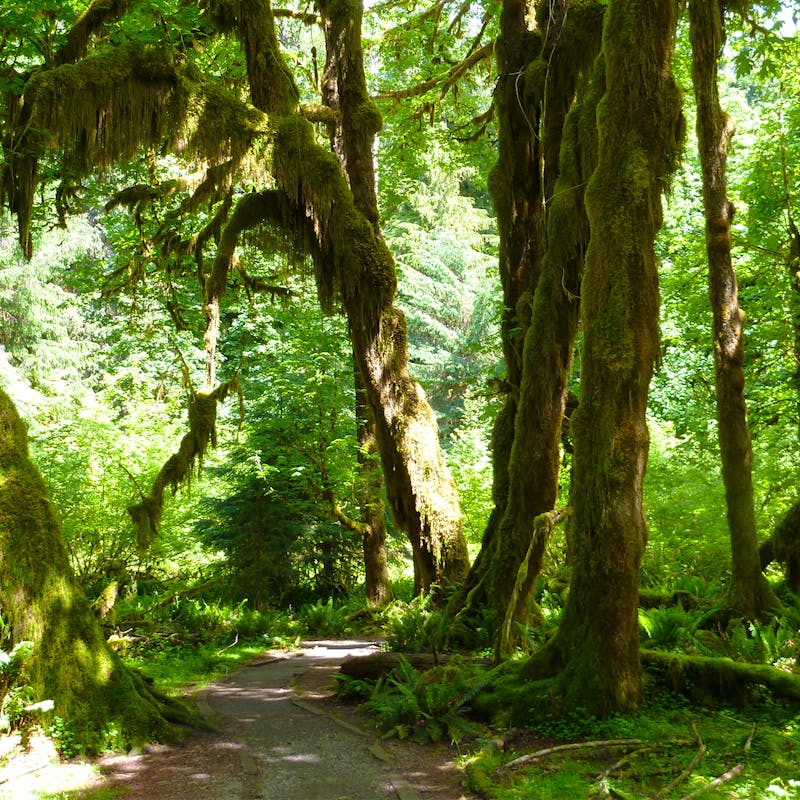In January 2001, Tom Hanks was starring in Cast Away in the movie theaters, text messaging didn’t exist, and the iPhone wouldn’t be released for another 6 years. Zendaya was only 3 years old. It was in this month that the U.S. Department of Agriculture (USDA) issued the Roadless Area Conservation Rule or “the Roadless Rule.” This rule would end logging and associated roadbuilding in 58 million acres of the wildest remaining undeveloped national forest lands across the country. Finalized in the last days of the Clinton administration, the rule was 20 years in the making and had a huge amount of public support. It also generated opposition from logging interests and legal challenges that took many years to resolve, but the national Roadless Rule was upheld.
At 16.7 million acres, the Tongass National Forest in southeast Alaska is the largest national forest in the country and among the largest intact tracts of coastal temperate rainforest on Earth. The forest’s precious old-growth stands were heavily logged in the past, and about half of what remains exists in inventoried roadless areas. These forests are home to a wide variety of wildlife including black and brown bears, mountain goats, Sitka black-tailed deer, Alexander Archipelago wolves and other species unique to the area like the imperiled Queen Charlotte goshawk and Haida ermine.
The Tongass is known as the “salmon forest,” supporting subsistence, commercial and sport fisheries that drive the southeast Alaska economy. Those salmon also support many coastal species including orcas and other marine mammals of the Pacific Northwest. Tourism associated with the forest brings more than a million visitors a year and provides 10,000 jobs for the region. The high biomass in the temperate rain forest and the millions of ancient trees in the forest also make Tongass one of the largest carbon stores in the U.S. national forest system, holding 44% of the carbon in all our national forests.
The forest includes the traditional homelands of the Haida, Tlingit and Tsimshian peoples and remains culturally significant to many Indigenous communities.
Last week the Biden administration restored the Roadless Rule to the Tongass National Forest, after these protections were removed by the Trump administration. Exempting the Tongass from the Roadless Rule had opened millions of acres of ecologically, culturally and environmentally important forest to logging and road-building.
In fact, back in July 2015, the 9th Circuit court ruled that a Bush administration rule exempting the Tongass from the Roadless Rule was illegal. The state of Alaska fought this, even trying to take their claims to the Supreme Court, but they were unsuccessful. The court cases were important as they emphasized that federal agencies cannot arbitrarily change policies and ignore previous factual findings when a president changes over. At last, the roadless areas of the Tongass Forest were protected from logging, or so we thought.
Unfortunately, the Trump administration exempted the Tongass from the Roadless Rule in October 2020, opening the forest to bulldozing, logging and clear-cutting. Protections were removed for 9.2 million acres of forest - an area over four times the size of Puerto Rico or almost the size of Massachusetts and Connecticut combined. This was condemned by Defenders of Wildlife and our allies, and we began a campaign to reverse this decision.
Thankfully, our campaigning led to success, and on July 15, 2021, the Biden administration announced that it was going to end industrial old-growth logging in the Tongass and initiate a new era for the forest and its associated communities that focuses on “forest restoration, recreation, and resilience.” In particular, there would be consultation with Tribes and Alaska Native corporations, who had been sidelined from the Roadless Rule decision-making process by the Trump Administration. On January 25, 2023, the USDA announced the return of the Roadless Rule in the Tongass, restoring protection to 9.2 million acres of land.
It took more than 20 years, thousands of hours of dedicated campaigning and advocacy, and many court battles, but finally the Roadless Rule is back in place in the Tongass National Forest.
Please donate to help Defenders of Wildlife continue working to protect the majestic old-growth rainforest in the Tongass National Forest and other important wild places and imperiled species in Alaska.











